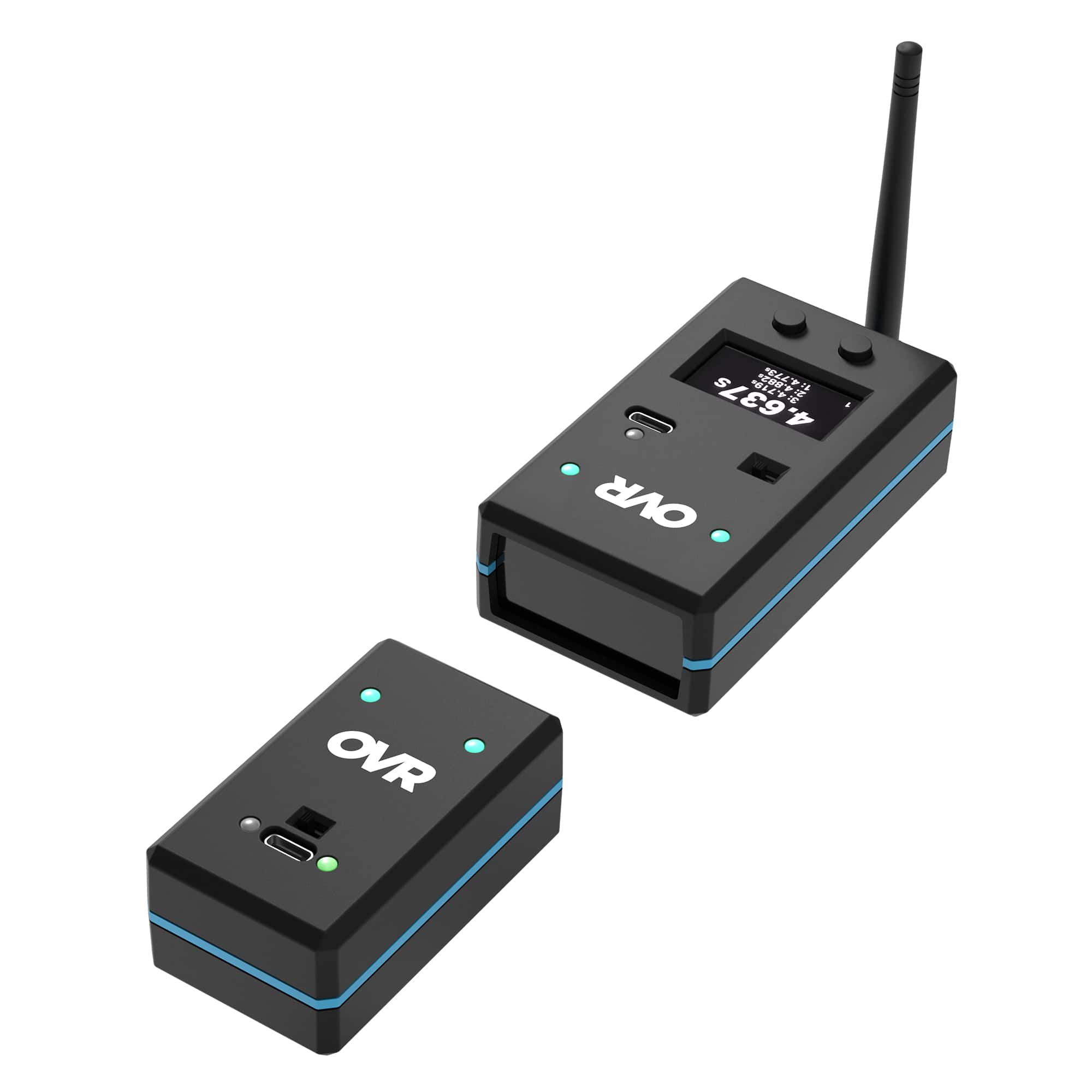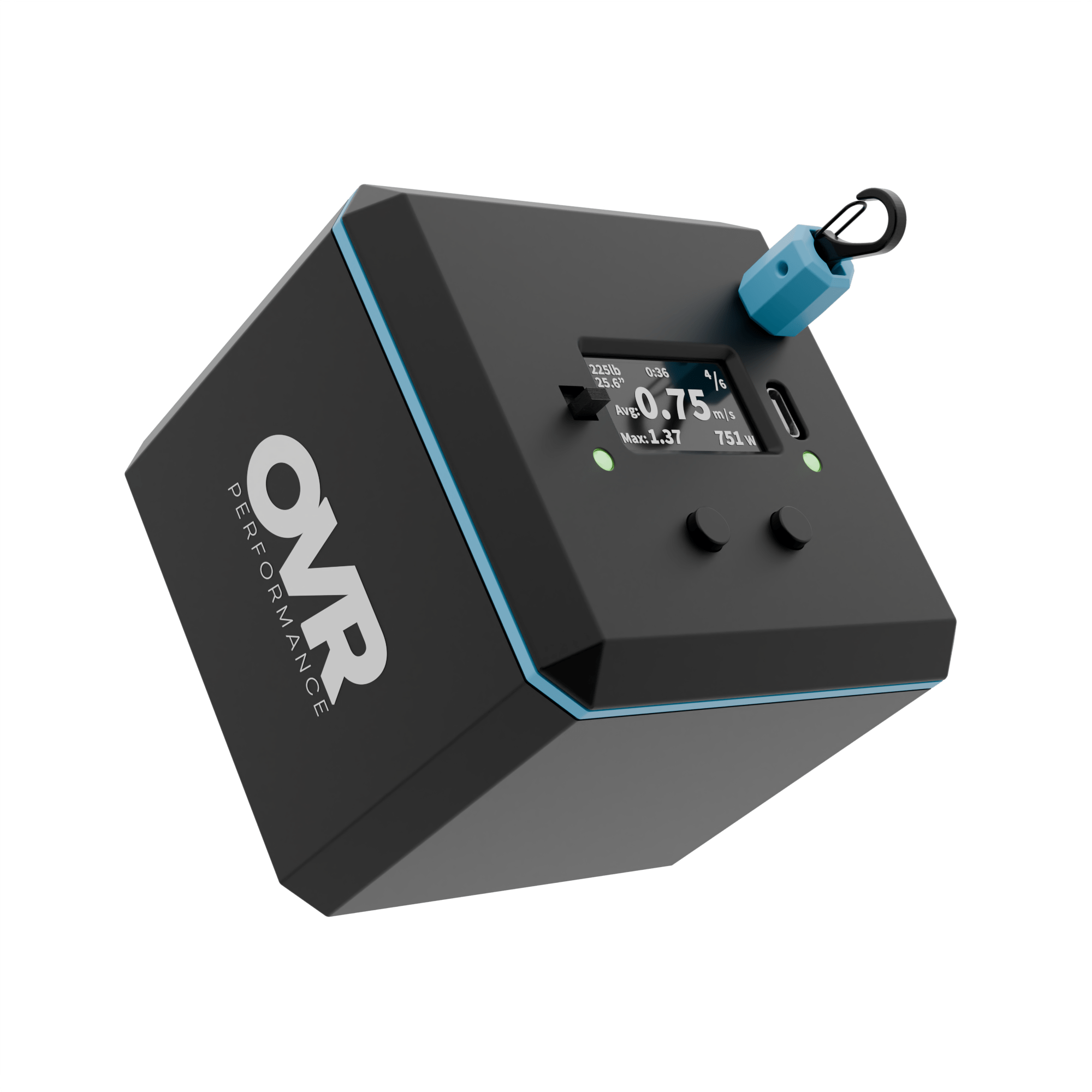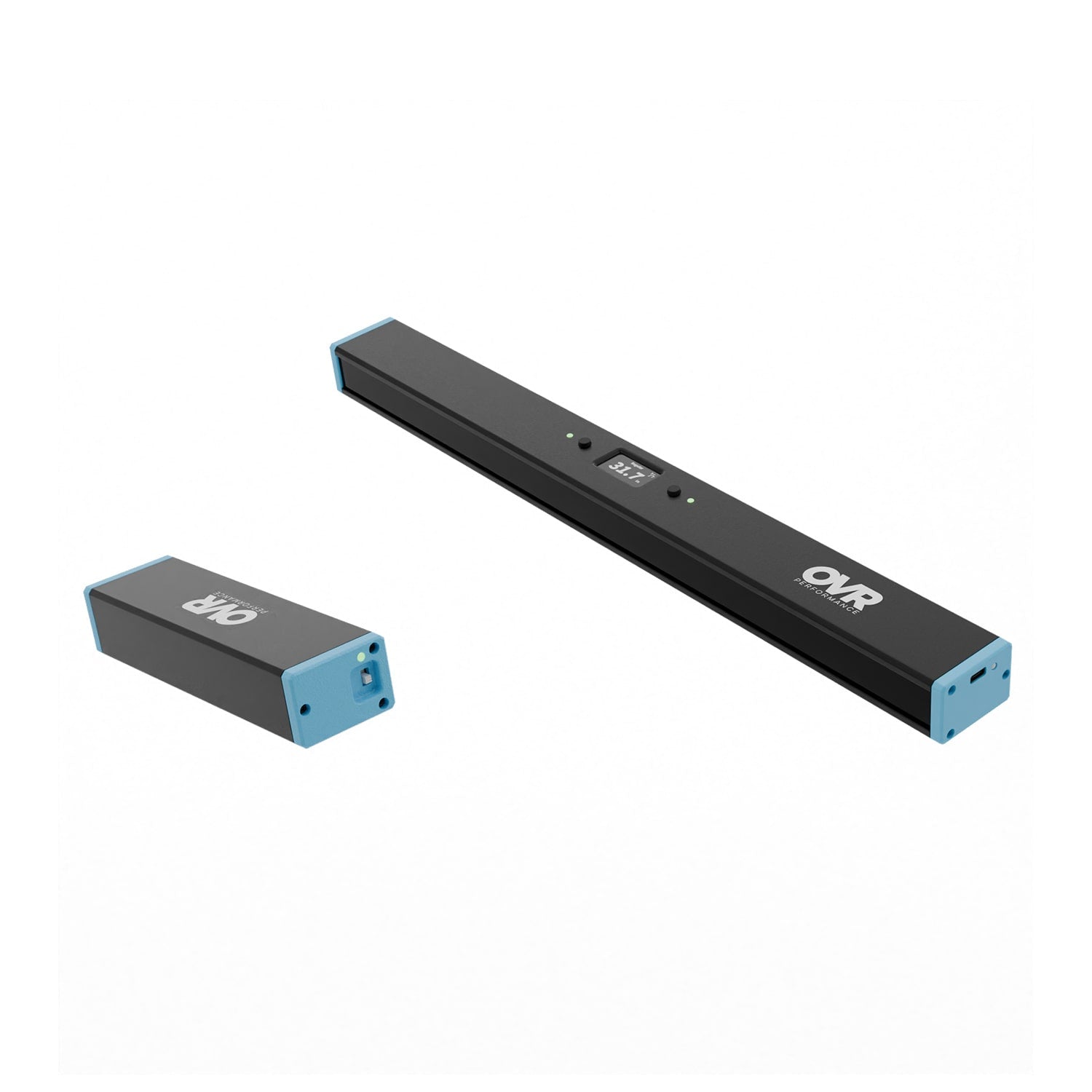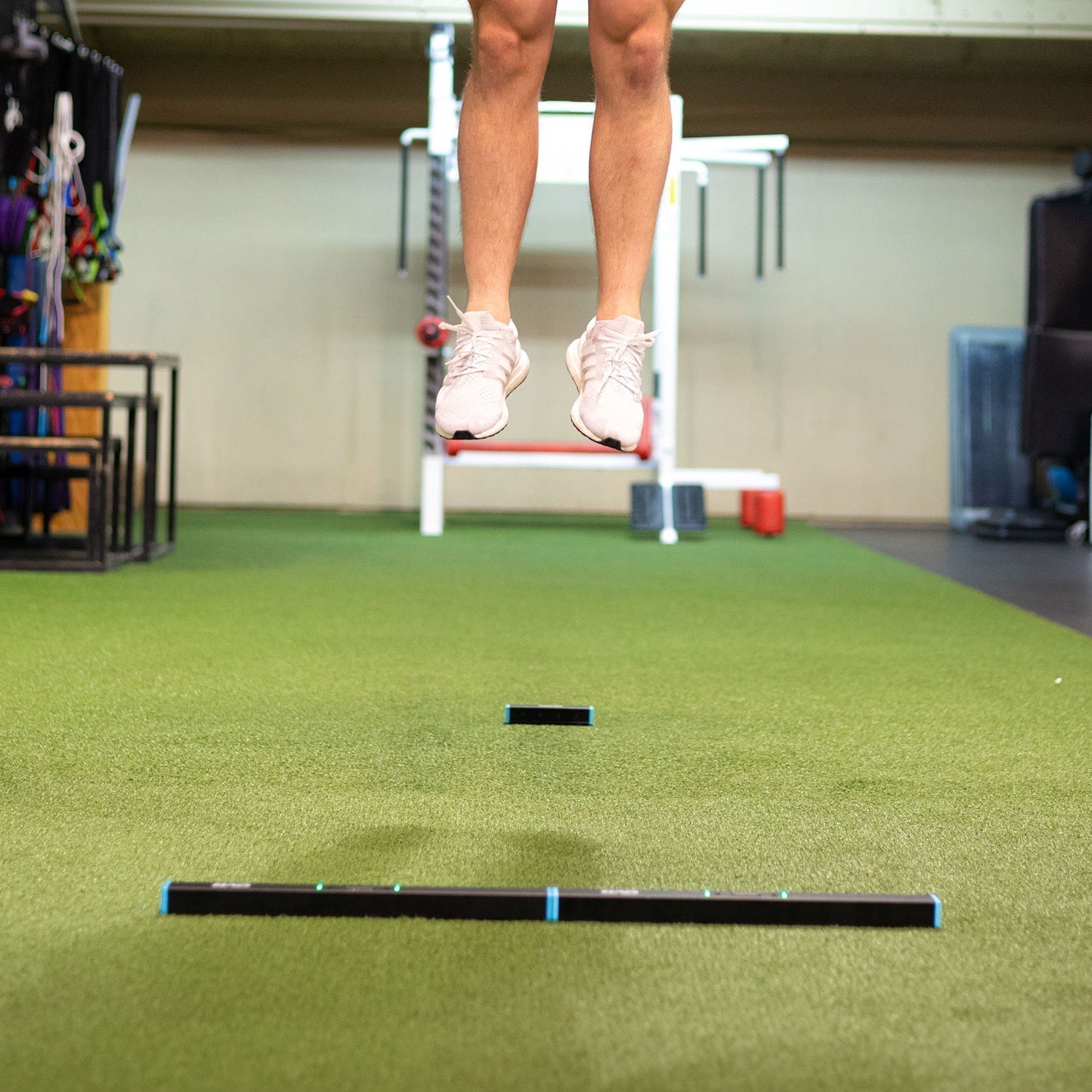A vertical jump isn’t just a display of athleticism—it’s a key indicator of power, strength, and explosiveness. From basketball courts to volleyball nets, and combines, measuring vertical jump height has become a cornerstone for evaluating athletic performance. Whether you’re a coach assessing potential or an athlete tracking progress, using a vertical jump tool to accurately measure a vertical jump can provide critical insights into physical capabilities and areas for improvement.
As sport scientists and performance coaches, we’ve seen firsthand how vertical jump tests reveal more than just raw talent. They’re also used to gauge muscular strength and anaerobic power, which are essential for peak performance in many sports. By mastering the methods of measurement, we can ensure consistent, reliable results that help athletes reach new heights—literally and figuratively. Let’s break down the techniques and tools that make this process both precise and effective.
Why You Need A Baseline
Accurately establishing a baseline is critical for tracking improvements in vertical jump height. It gives clear, data-driven insight into athletic progress, helping us stay motivated and focused on long-term goals.
Is my athletic development program working for me?
A baseline answers whether training efforts are translating into improved jump performance. Regularly testing highlights gains in explosive strength, power output, and jump biomechanics. Without a starting point, it's impossible to evaluate changes in metrics. This data ensures our athletic program is aligned with performance targets.
Proof Is In The Jumping
Accurate jump measurement validates progress in athletic performance. Tools like an OVR Jump, jump mat or a Vertec help quantify vertical jump height, ensuring precise data collection.
Jump performance reflects an athlete's capability to convert strength into action. Metrics like the reactive strength index and ground contact time can offer deeper insights into jump technique and explosive power. This data allows athletes and coaches to adjust plyometric training for optimal results.
Athletic testing with reliable methods strengthens vertical leap assessment by providing consistent, measurable outcomes. Incorporating these devices into sports performance metrics ensures efficient tracking of progress and refinement of training programs.
Vertical Jump Test (With Equipment)
Accurate jump measurement relies on specialized equipment to assess vertical jump height and track athletic progress. Tools like OVR Jump, the Vertec, and jump mats provide precision and actionable data for vertical leap assessments.
Standing Vertical Jump
The standing approach uses no preparatory steps. Athletes stand flat-footed, then jump from a static position. Devices can measure the height of the jump with various methods. This isolates explosive strength, ensuring minimal reliance on horizontal momentum, and emphasizes jump technique.
Approach Jump (Max Vertical Approach)
The approach jump incorporates steps or a short run to maximize jumping height. Athletes typically take 1-3 steps or a brief 5-10 yard run before jumping. The jump device chosen will record the peak height of the jump. This technique leverages power output and reactive strength, providing detailed sports performance metrics for plyometric training adjustments and jump performance evaluation.
Start Improving
Measuring vertical jump height is more than just a performance metric; it's a gateway to understanding and enhancing athletic potential. By using accurate tools and techniques, we can track progress, refine training, and unlock new levels of explosive power.
Whether we rely on advanced devices or simple methods, the key is consistency and precision. With the right approach, we can ensure every jump brings us closer to achieving our goals and maximizing athletic success.
Frequently Asked Questions
What is a vertical jump test?
A vertical jump test measures the height an athlete can jump from a standing or running position. It assesses explosive power, strength, and athletic ability, offering valuable insights into performance and areas for improvement.
Why is accurately measuring vertical jump important?
Accurate measurement of vertical jump allows coaches and athletes to track improvements, evaluate performance, and adjust training programs based on data-driven insights. It helps monitor progress in explosive power and strength.
What tools are commonly used to measure vertical jumps?
Common tools for measuring vertical jumps include OVR Jump, jump mats, Vertecs, and smartphone apps. These tools provide data on jump height, ground contact time, and metrics like the reactive strength index.
What are the main vertical jump testing methods?
The two main methods include the standing approach (jumping from a static position) and the full approach (taking preparatory steps or a run-up). These methods evaluate explosive strength and power output, respectively.
What is the reactive strength index in vertical jump testing?
The reactive strength index (RSI) measures an athlete’s ability to generate explosive power during a jump by evaluating the relationship between ground contact time and jump height.
How does baseline data help in vertical jump training?
Baseline data establishes a starting point, allowing athletes to track changes in jump height over time. It helps identify the effectiveness of training programs and refine them for optimal progress.
What are the benefits of improving vertical jump performance?
Improving vertical jump performance enhances athletic power, explosiveness, and strength, essential for sports like basketball, volleyball, and track and field events. It can lead to better overall athletic performance.
How does plyometric training enhance vertical jump height?
Plyometric exercises, such as box jumps and depth jumps, improve explosive power and muscle strength by enhancing an athlete’s ability to generate force quickly, leading to increased vertical jump height.
What is the difference between standing and full-approach vertical jumps?
A standing vertical jump is performed from a static position and isolates explosive strength, while a full-approach jump includes preparatory steps or a run-up, maximizing jump height and power output.







1 comment
Corey Andrews
Leave a comment
This site is protected by hCaptcha and the hCaptcha Privacy Policy and Terms of Service apply.